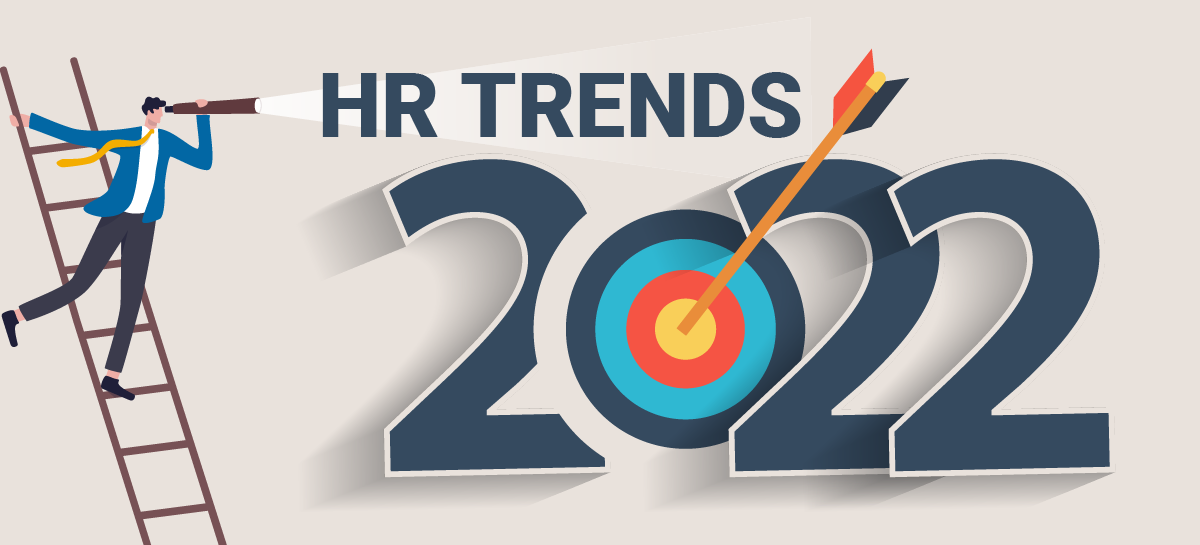
According to the U.S. Department of Labor (DOL), union petition filings have significantly increased since October 2021. During the first nine months of the agency’s fiscal year (October 2021 through June 2022), the National Labor Relations Board received 1,892 petitions, a 58% rise over the same time period the previous fiscal year. The DOL also noted that fiscal year 2022 petitions exceeded the total number of petitions filed in fiscal year 2021.
Furthermore, the number of unfair labor practice charges has also increased, although not as drastically. As such, 12,819 charges were filed during the first three-quarters of fiscal year 2022, up from 11,082 in the same period of fiscal year 2021. This is an increase of 16%.







